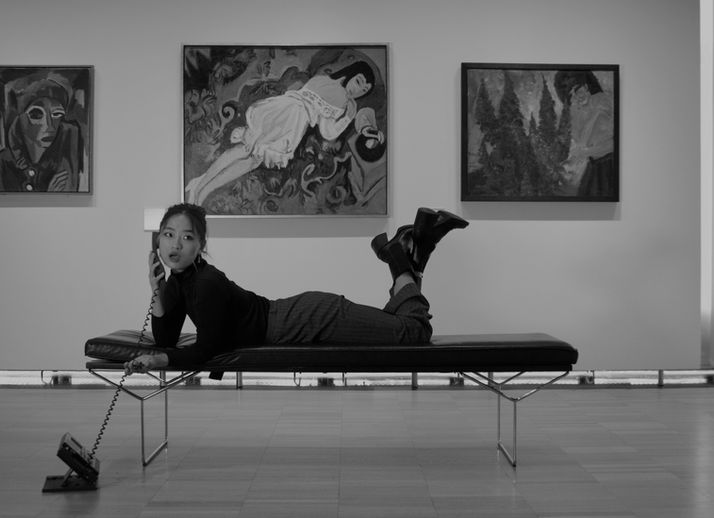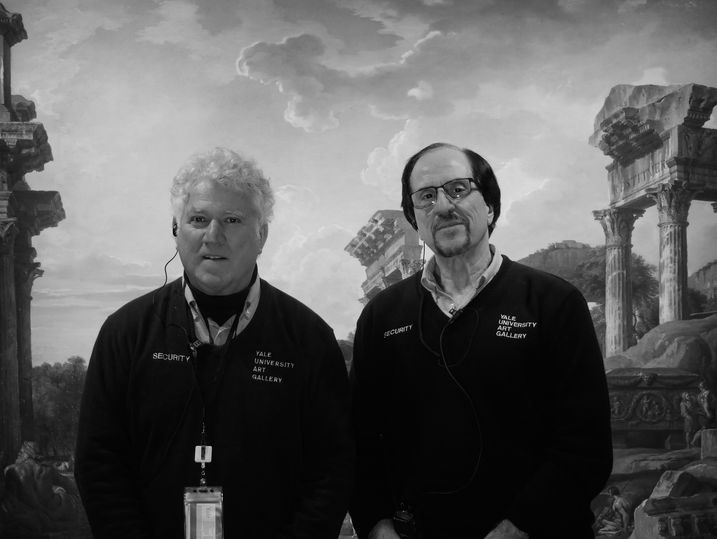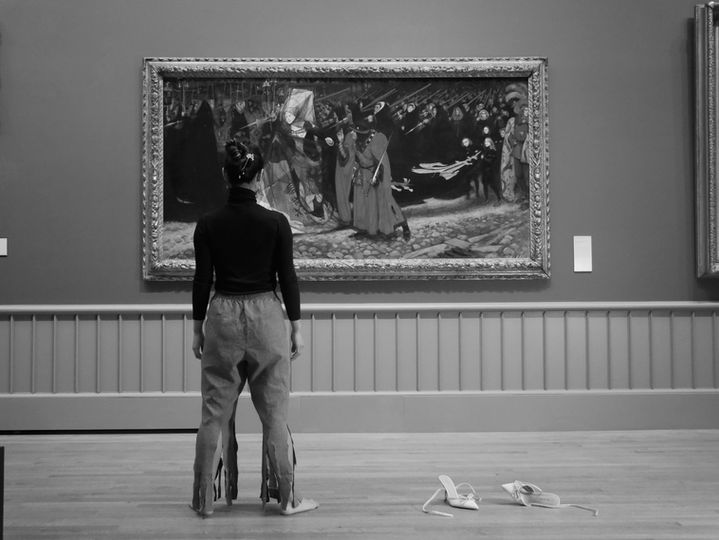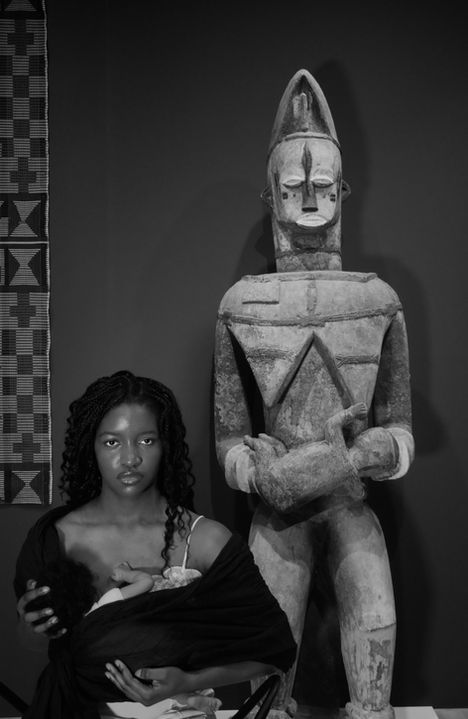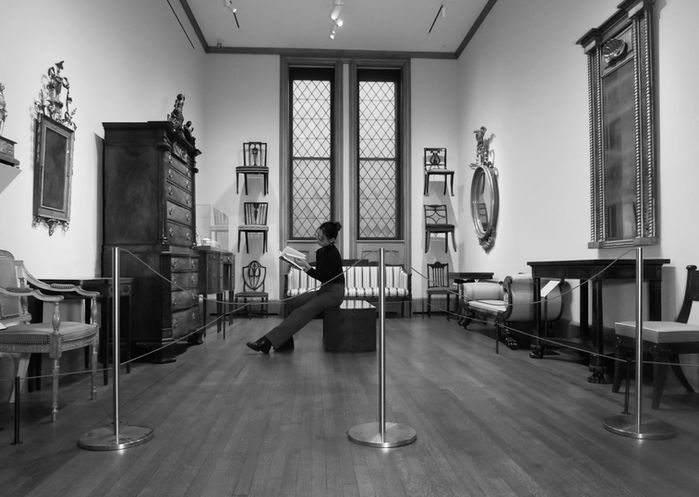Photographer | Humacao and New Haven based
The Exhibitionary Complex
April 8 – 10, 2025 | Pauli Murray Art Gallery, Yale University
A trip to the art museum is an expression of aesthetic, indulgence, and dare I say, class.
We ascend the steps to the temple of enlightenment and stroll around in turtlenecks critiquing chipped marble, cracking oils, the person standing next to in a turtleneck.
One intention of the museum is to make you feel a surge of autonomy and refinement: it’s an exercise of illusive placation and fuels the museum’s crusade of the exhibtionary complex. The institution was established in the context of condescension and hierarchal power, aiming to transform an ungovernable populace into a gold star “citizenry” through a puppeted, self-regulating system: the exhibtionary complex.
Historically, the museum was a direct expression of power and wealth. Well-off individuals would display their work to precipitate their privilege, and access was limited to select, elite individuals in society. Gradually, museums opened their doors to working class groups and ‘ordinary’ people. Now, they define themselves as places of public instruction and enjoyment. Instruction, nevertheless. The museum holds a position of superiority over society, and by letting us get a taste of ‘refinement,’ the museum has generated an imaginary dominance over its visitors.
The Pan-American Exposition in 1901 reminded visitors to “please remember when you get inside the gates you are part of the show.” Ingeniously, the exhibitionary complex is rooted in this panopticism: the idea of surveillance.
The crowd is “transformed into a constantly surveyed, self-watching, self-regulating, consistently orderly public – a society watching over itself.” We fall into the hands of our own manipulation and initiative, trying to rise to something we may never acclimatized to.
Tony Bennett’s Exhibtionary Complex gives credit to the penitentiary for honing the idea of panopticism, as the carceral system “perfected the normalizing technologies associated with a veritable swarming of forms of surveillance and disciplinary mechanisms which came to suffuse society, all pervasive.” People can be ‘controlled’ when they believe themselves to be under a constant eye, even if no one is watching.
Chillingly, the exhibtionary complex turns the “crowd itself into the ultimate spectacle.” It is the interiorizing of the social gaze that therefore created a self-regulated, constructed discipline. We constantly watch and are being watched.
This is the exhibtionary complex. The turtleneck tightens like a noose round our neck.
To explore these questions, the visitor guidelines of ten major art museums will be examined, specifically addressing actions that are forcibly prohibited in the setting of an art museum, but often not in other social and/or public spaces.
Uffizi Galleries Florence, Italy
It is forbidden to:
1. Voices should be kept moderate.
2. Clothing which is appropriate to the formal setting of the museum is required (for example, visiting the museum in a bathing costume or skimpy clothing as well as wearing wedding dresses, period costumes or any other fancy dress undignified for such places is considered inappropriate).
3. walk barefoot or bare-chested in the museum.
4. talk on the phone
Musee d’Orsay Paris, France
Article 14
Access to the museum is prohibited to any visitor:
1. dressed in clothing designed to conceal the face
2. dressed in swimwear, underwear, naked, shirtless, or barefoot
Article 15
It is notably prohibited to bring the following: 1. foul-smelling objects
Article 35
Exemplary behavior is required with regard to both staff and all persons present within the establishment. As such, it is notably prohibited to:
1. remove shoes
2. visit dressed in clothing likely to disturb public peace
3. lie down on seats
National Gallery of Art Washington D.C, United States of America
1. Talking on mobile phones is not permitted in the galleries or auditoriums
2. Fur coats, and other items of value cannot be checked, but they may be carried into the galleries.
Prohibited Activities
1. Use loud or abusive language, or perform obscene or indecent acts 2. Loiter, sleep, or participate in unauthorized assemblies
3. Engage in disorderly conduct
Louvre
Paris, France
Right to Speak Publicly:
1. Only those who have been authorized to do so are allowed to speak publicly in the exhibition rooms.
Museo Nacional del Prado Madrid, Spain
1. It is recommended to avoid clothing that could be interpreted as derogatory or insensitive to the local culture.
2. There are no limitations on cellphone use inside the Prado Museum.... it is advised to keep your phones on mute.

